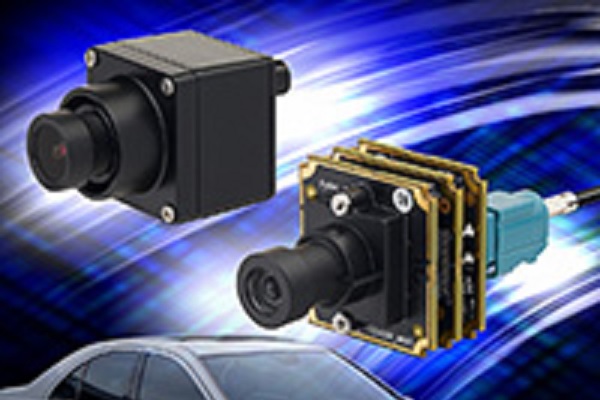

ON Semiconductor (NASDAQ: ON), driving energy efficient innovations, has introduced the Modular Automotive Reference System (MARS) that gives system and software developers a ready-to-use camera for research and development activities. The leading-edge MARS platform enables users to reconfigure cameras with different lenses, image sensors, image signal processors (ISPs) and communications options for rapid prototyping and experimentation. The system is so flexible that it can be used for the full spectrum of automotive camera applications including advanced driver assistance systems (ADAS), surround and rear viewing systems, in-cabin cameras (for gesture recognition, driver eye monitoring, or light level inspection purposes), and autonomous driving.
MARS enables shorter design cycles, reduced engineering costs, and assists automotive design teams in the implementation of imaging systems by providing them with a unique mix-and-match solution. Through it, various items of hardware can be combined in a robust and highly adaptable system with a compact form-factor. Due to the many different boards available, engineers have access to ON Semiconductor’s broad portfolio of image sensors and co-processors, plus various automotive communications protocols from a select group of third party supply partners. This provides extensive scope in terms of finding the combination that best fits specific system requirements. The versatile platform can accommodate an almost limitless number of combinations due to consistent signal/power definitions for the interconnects utilized by these respective boards.
The ease of adapting this modular solution means that undertaking time-consuming activities such as creating custom boards (each capable of accommodating a different sensor option), testing out high-speed interface standards, or writing code for drivers, is no longer necessary. MARS is supported by a complete ecosystem, encompassing software development tools, schematics, gerbers, bill-of-materials (BOM) and much more. A comprehensive user guide is also included within the accompanying documentation.
“As image sensing proliferates in automotive applications, MARS will provide system and software developers tasked with turning concepts into reliable working applications with a valuable platform to simplify and speed proof of concept and development, and offer the scalability to get ideas from the lab to on-vehicle testing in real-world conditions,” said Ross Jatou, General Manager and Vice President of Automotive Solutions Division of Image Sensor Group at ON Semiconductor. “The flexibility of MARS accelerates the component selection process by making the constituent sensors and co-processors totally interchangeable. The platform avoids the need to construct a multitude of custom boards to house different sensors for evaluation reducing engineering effort and shortening project times.”
The support of commonly used communication standards (such as GMSL, FPD-Link, LVDS, MIPI, Ethernet) enables direct interfacing with existing vehicle electronic control units (ECUs). ON Semiconductor is working with an ecosystem of partners spanning lens developers, third party ISP vendors, communications IC vendors, software developers and SoC vendors. MARS modules are already prequalified with a range of these third party products and the company will expand these offerings going forward.
Outperforming competitors like OpenAI and ElevenLabs across standard datasets and specialized jargon recognition, Jargonic sets…
NVIDIA announced KAI Scheduler, the open-source version of the NVIDIA Run:ai Scheduler, available as a…
Partnership will deliver revolutionary, emissions-free travel in the UK, including greater connectivity for Virgin Atlantic…
New Vicor DCM3717 and DCM3735 DC-DC power modules support the growing trend of 48V-centric power…
DigiKey, a leading global commerce distributor offering the largest selection of technical components and automation…
Metatron aims to provide desktop-sized fusion reactors, unlocking new possibilities for decentralized, clean energy Israeli…